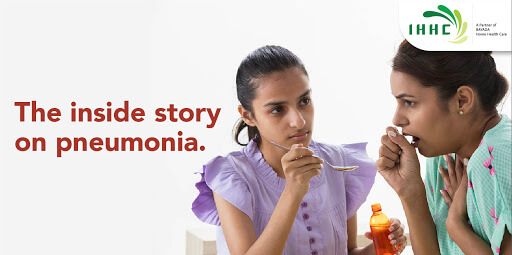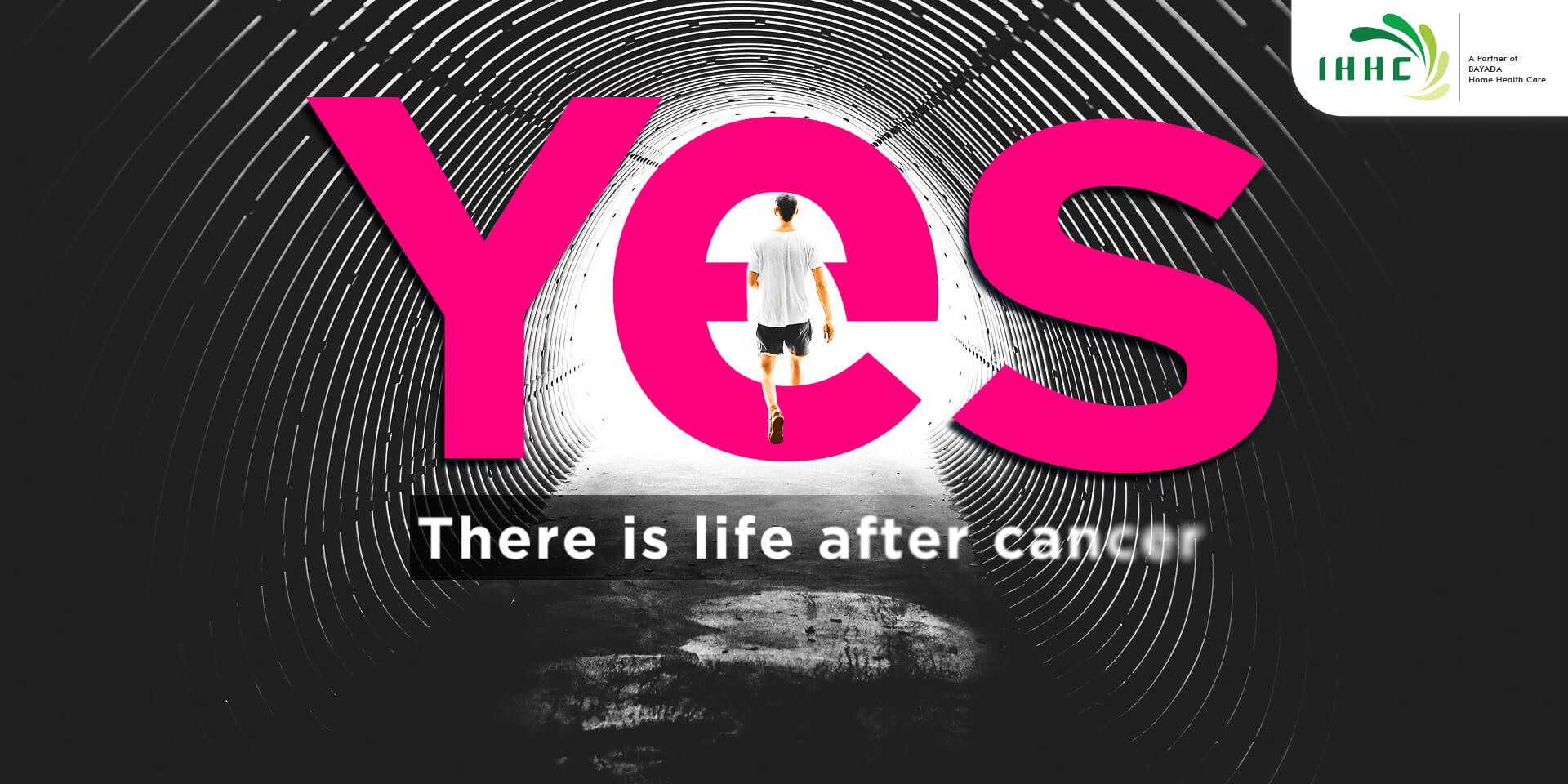Is there a need for home healthcare in India?
The inside story on pneumonia.
Have you ever wondered why it is that doctors prescribe antibiotics when you are suffering from a heavy cold and cough which is then diagnosed as a viral infection? We all know that there are no drugs that actually fight a virus…if you ask the prescribing doctor the reason for treating you with an antibiotic, he will tell you that it’s to protect you against bacterial infections – such as pneumonia. A disease that seems to strike fear into the bravest of medical hearts. And, quite rightly so.
Pneumonia is a dreaded condition. It is an infection of the lungs that can cause mild to severe illness in people of all ages. But, it strikes the very young and the quite old with equal impartiality and force. And with unbelievable speed. Actually, pneumonia can and does occur in young and healthy people, but it is most dangerous for older adults, infants, people with other diseases, and those with impaired immune systems. It is the main cause of death due to infection in children less than five years of age, worldwide.
At certain times of the year, specially winter, pneumonia is literally in the air – passed on from person to person, by people who inhabit the same space and are breathing in the same air. In India we make it even easier for pneumonia to take over our lives given the levels of pollution hanging heavy around us; the miasma from rotting garbage; the lack of hygiene in even the wealthiest of areas; the close confines that we all live in – particularly the poor and the indigent. Yes, we make it very easy for this deadly disease to strike down whole swathes of our population…Which is why it is wise to know the key facts about pneumonia and its impact on our health, peace of mind and happiness.
Pneumonia: The facts
An infection of the lungs with a range of possible causes, pneumonia can often become a life-threatening disease. Typically, it starts with a bacterial, viral, or fungal infection, with the lungs becoming inflamed, as the tiny air sacs inside the lungs fill up with fluid and viscous mucus. Bacteria and viruses are the main causes of pneumonia, which can be very contagious since the bacteria and viruses that cause pneumonia are usually inhaled. Modes of contagion include:
- through coughing and sneezing
- spread via shared objects that have been touched by an infected person
The symptoms
The initial symptoms of pneumonia usually present themselves as a cold or flu. Generally, the sufferer develops a high fever, chills, and a cough with sputum. Specifically, the symptoms include:
- Cough
- Rusty or green phlegm coughed up from lungs
- Fever
- Faster than normal breathing
- Shortness of breath
- Chills
- Chest pain that usually gets worse when taking a deep breath
- Faster heartbeat
- Fatigue
- Weakness
- Nausea and vomiting
- Diarrhoea
- Sweating
- Headaches
- Muscle pain
- Confusion or delirium – generally in the elderly
- Purplish skin colour, or cyanosis, from lack of oxygen in the blood
The treatment
Treatment will depend on the type and severity of the pneumonia.
- Bacterial pneumonia is generally treated with antibiotics
- Viral pneumonia is treated with rest and plenty of fluids
- Fungal pneumonia is usually treated with antifungal medications
Over-the-counter (OTC) medications are prescribed to help manage the symptoms of pneumonia - including medication for reducing fever, aches and pains, and coughs. It is critical to rest and staying hydrated – the latter helps to thin out thick phlegm and mucus, making it easier to cough up. If the patient needs hospitalisation, he or she will be treated with intravenous antibiotics and fluids. Sometimes, supplemental oxygen may be required.




